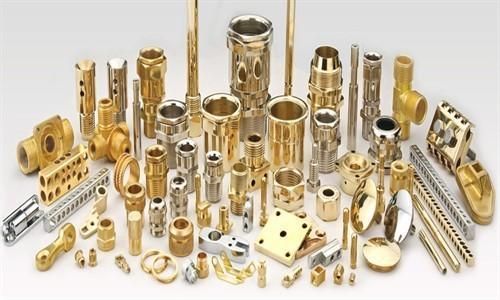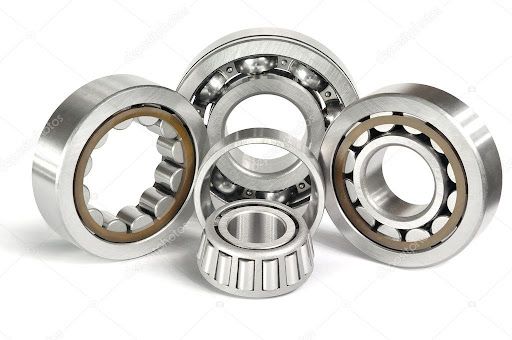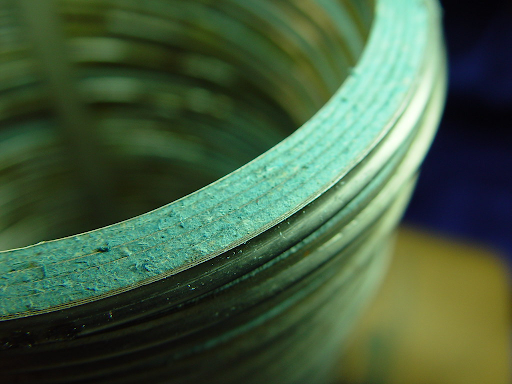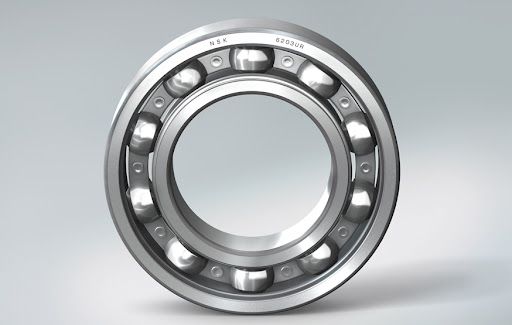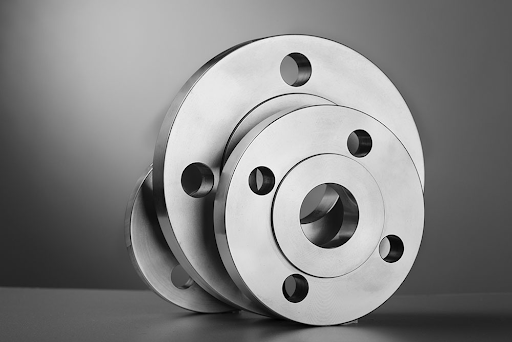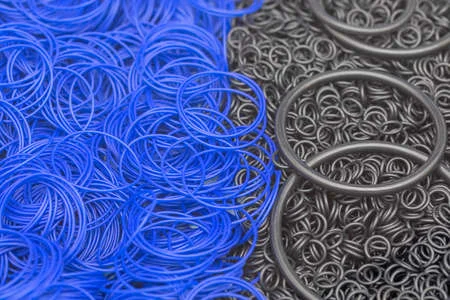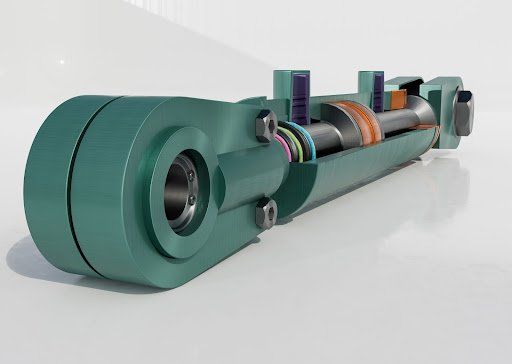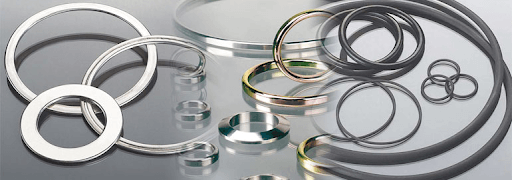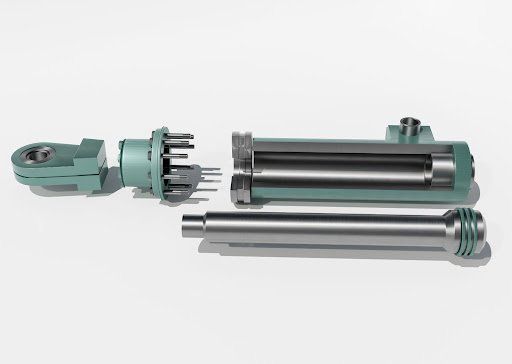Route Your Hydraulic Hoses Correctly
Route Your Hydraulic Hoses Correctly
One of the major causes of premature hydraulic hose failure is improper installation and routing of the hose assembly. When installing a hydraulic hose, routing the assembly is more than just connecting the pieces together and tightening the connections. While common sense is a factor, there are a few routing rules you should follow. Following these pointers will ensure that the service life of your assembly lasts as long as it possibly can, without any dangerous failures.
Twists and Bends
Hydraulic hoses are flexible but the steel wire reinforcement limits that flexibility which is why it’s so important to avoid a twisted hose assembly. A mere seven-degree twist can reduce the service life of a high-pressure hydraulic hose by as much as 90%! Along the side of the hose is a continuous text called a ‘lay-line’. Check the lay-line while you are installing the hose to ensure that there are no twists. If you suspect that the hose might be twisted, simply loosen the ends and use the ‘double wrenching’ method to tighten them again.
At bends in the hose, always allow enough hose length (at least 25mm) out of the fitting socket so that the bend radius is not less than the recommended minimum. Bending the hose tighter than it will allow causes unnecessary stress on the hose as well as the fittings and could result in a kink, restricting the fluid flow, or even a collapsed assembly. Using the adapters and hose fittings correctly will save you a lot of trouble in the long run.
Elbows and Clamps
Adapters such as elbows have many purposes and as mentioned, should be used to neaten up the hose assembly and keep the hose from being damaged. Adapters are designed to join hoses together, join them to a component and change the size or thread of a connection. They come in many different forms and when used correctly, can assist with installing the assembly successfully and extending the life of your hoses.
Hose clamps are used to secure the hose in its correct place and to support it against any exterior movement or abrasion. One of the many causes of hose failure is when the hose is subjected to outside forces that remove the protective cover and expose the wire reinforcement. If this reinforcement comes into contact with moisture it will rust, causing the hose to deteriorate far quicker than it was meant to.
Provide Some Slack
When a flexible hose is pressurised, the length and diameter can increase by as much as 3% either way. This is why it’s important to always allow some bend or slack to the hose route or you risk the hose being pulled out of the fittings and, after a while, a complete failure of the hose assembly. Be careful not to allow too much slack though, as this can cause its own set of problems (tangling, twisting, rubbing together) and look untidy.
So, pay careful attention to how the hose is routed during installation and follow these guidelines to ensure that your hose is protected, and geared to perform for its maximum service life. At Bearing Centre, we are constantly upgrading our training in hydraulics and pneumatic solutions so that we can stay ahead of the curve, offering our clients only the best in quality, workmanship and service. Give us a call today!

